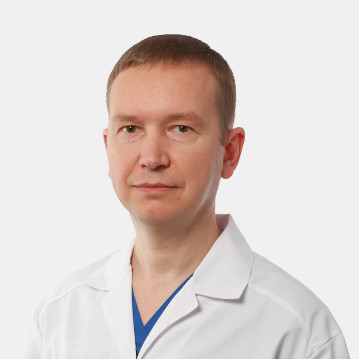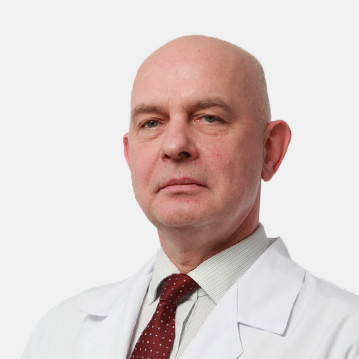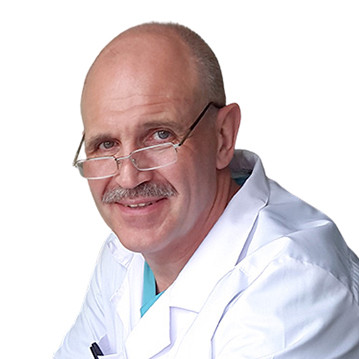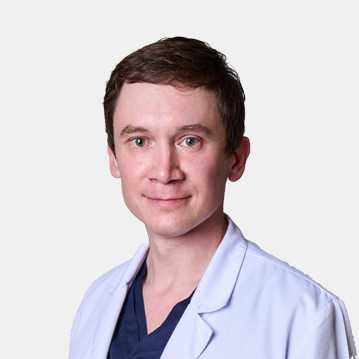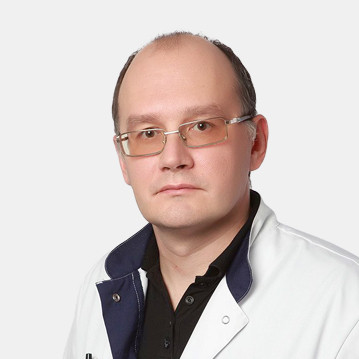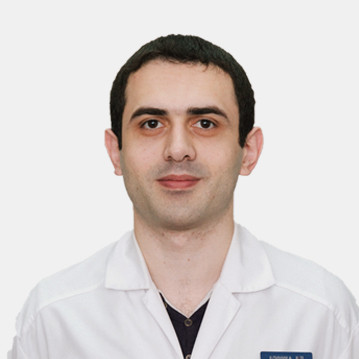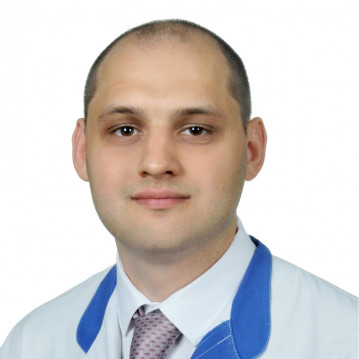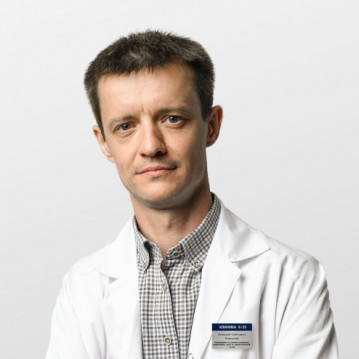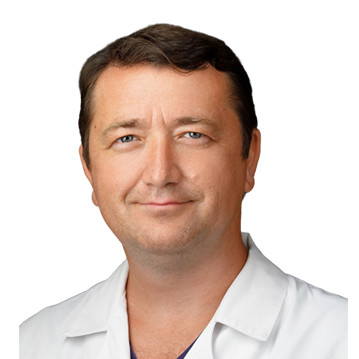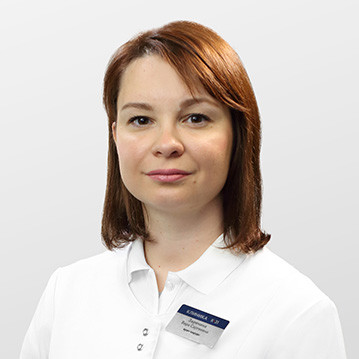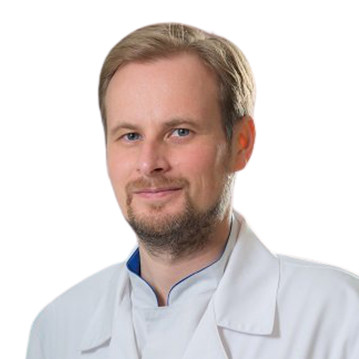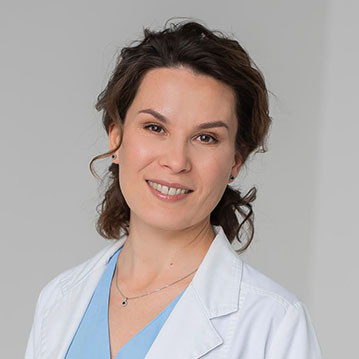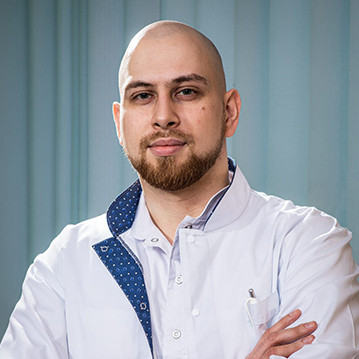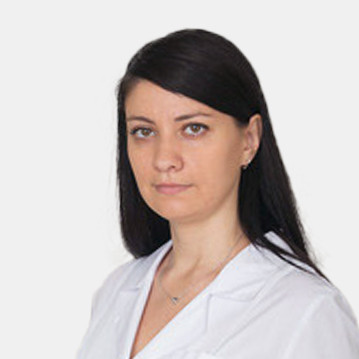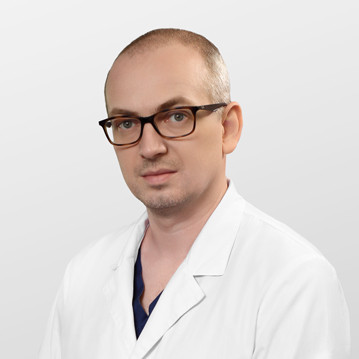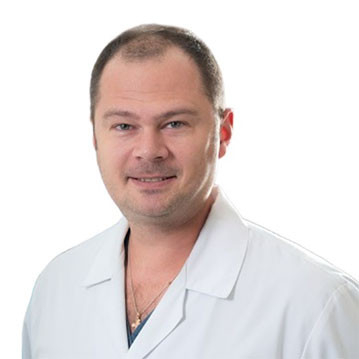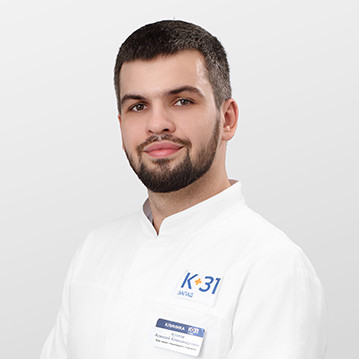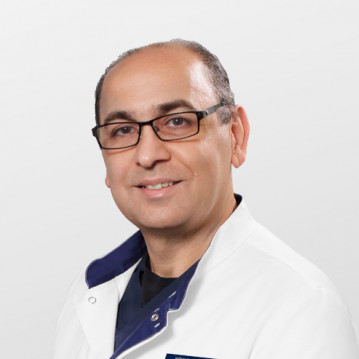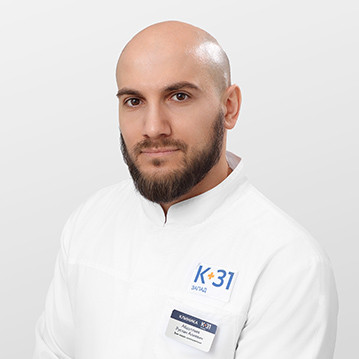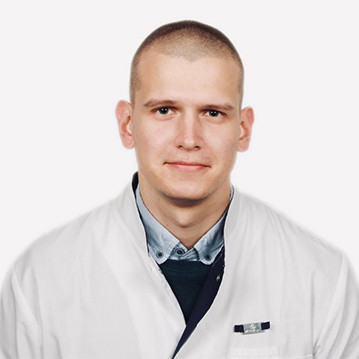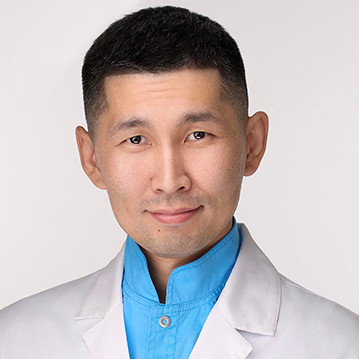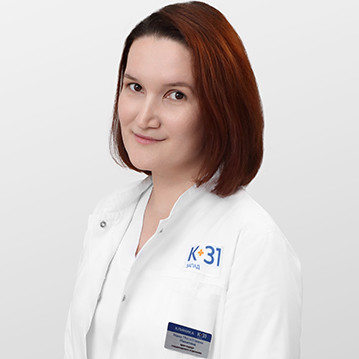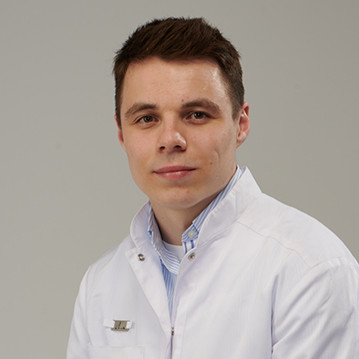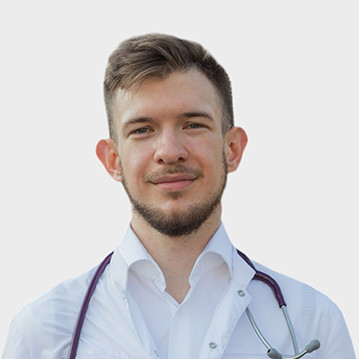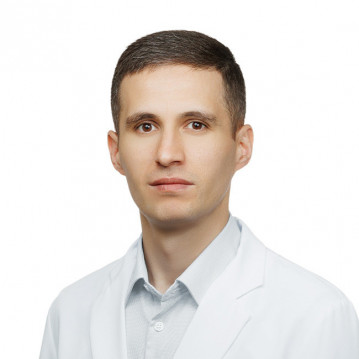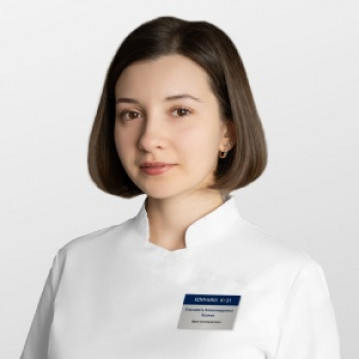
Otorhinolaryngology includes diagnostics and treatment of pathologies of anatomically adjacent areas - nose, throat, ear, as well as closely spaced areas of the neck, sinuses of the skull, cervical spine. Many diseases require surgery when drug therapy fails. Most of the manipulations are low-traumatic, which allows you to quickly return home. Individual procedures are performed in conjunction with other specialists, including dentists.
Before the intervention, the patient undergoes an examination - CT, less often an X-ray of the sinuses of the skull, which allow you to examine the desired area in detail. Surgeries are rarely performed with open access, in most cases they are performed using an endoscope.
Otorhinolaryngology surgeons perform operations in the following cases:
- Hearing impairment.
- Purulent or, in some cases, chronic sinusitis.
- Violation of nasal breathing.
- Changes in facial features due to trauma.
- Curvature of the nasal septum.
- Adenoids (enlarged pharyngeal tonsil).
- Recurrent nosebleeds.
- Polypoid growths are benign neoplasms.
- Snore.
- Persistent nasal congestion.
Note that the treatment in these cases is not always surgical - the doctor determines the method depending on the course of the disease.
The operation can be performed for aesthetic reasons, at the request of the client. The most popular services in surgical otorhinolaryngology are correction of the nasal septum, correction of the shape of the nose, removal of formations on the skin and mucous membranes of the ENT organs. Rhinoplasty is often performed as part of aesthetic surgery.
The patient himself can apply for an operation to puncture the sinuses, sinus lifting. However, any interventions are done only on the recommendation of a doctor and in the absence of contraindications.
Rinoseptoplasty
Rinoseptoplasty is a manipulation to eliminate defects in the nasal septum, which removes nasal congestion, changes its shape.
In our multidisciplinary center, rhinoseptoplasty is performed without a chisel or hammer - the correction of the nasal septum is performed with a laser under the control of HD endoscopy. Modern equipment makes it possible to control the doctor's manipulations without additional tissue trauma, which significantly reduces blood loss and postoperative complications in the form of pronounced mucosal edema, widespread hematomas, and pain.
Receptoplasty
In our clinic, you can perform receptoplasty - a repeated operation to change the nasal septum. Such interventions are carried out in the following cases:
- Not satisfied with the result of the previous manipulation.
- The bone or cartilaginous base of the septum is thinned, which makes it sensitive to air movement during breathing.
- Complications after septoplasty.
- Nose injuries.
- Accumulation of scar tissue.
Reoperations are technically more difficult to perform, since doctors have to work with an already pathologically altered nasal septum. The team of our clinic is represented by experienced otorhinolaryngologists, who have high-tech equipment at their disposal.
